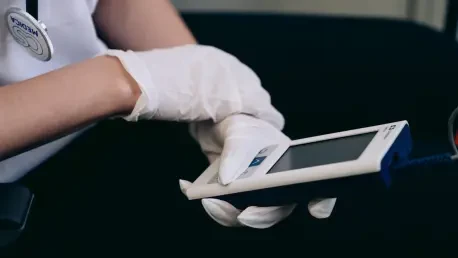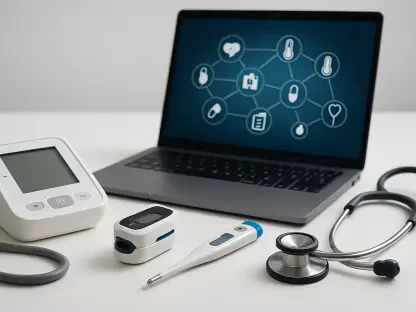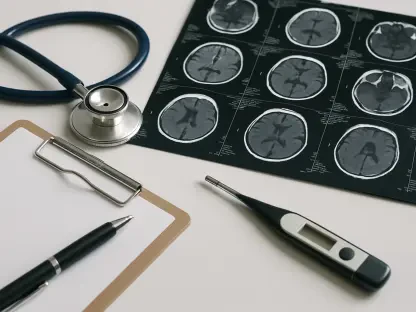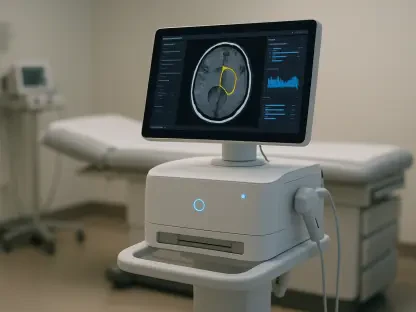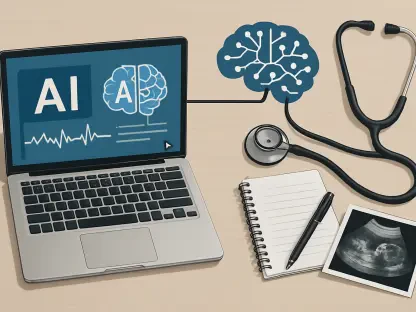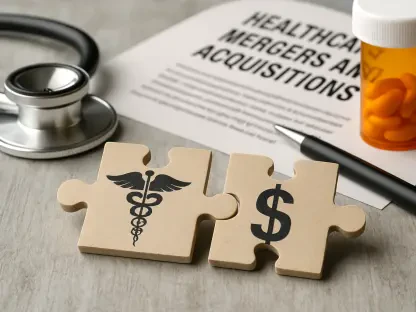The University of Michigan recently conducted a pivotal study demonstrating the effectiveness of remote patient monitoring (RPM) in reducing hospitalizations among high-risk patients. Published in the journal Telemedicine and E-Health, this research focuses on patients with severe conditions, offering valuable insights into RPM’s efficacy and financial advantages. The study shows a remarkable reduction in hospitalizations by more than half (59%) over six months, underscoring RPM’s potential to break the cycle of readmissions that disrupt patients’ lives and strain hospital resources. These findings highlight RPM’s role in not only improving patient outcomes but also delivering significant cost savings to healthcare systems.
The Study and Its Findings
The study evaluated the impact of RPM on patients with heart failure, high blood pressure, severe COVID-19, and other critical health issues. Using data from over 1,700 patients treated at U-M Health hospitals and clinics, researchers found a dramatic reduction in hospitalizations by more than half (59%) over six months. This significant decrease not only alleviates pressure on hospital capacity but also contributes to a substantial financial return on investment for the healthcare system.
The financial benefits of the RPM program were equally noteworthy. By significantly reducing the need for hospitalization, RPM yielded a savings of $12 million, highlighting its economic potential. This reduction in hospitalizations underscores RPM’s role in efficient healthcare delivery, providing both medical and financial advantages. The findings emphasize the importance of integrating RPM into the broader healthcare system to enhance care for high-risk patients and optimize resource utilization.
Implementation and Operation of RPM
To implement RPM, each patient received a kit containing devices to monitor vital signs, including temperature, blood pressure, blood oxygen levels, and weight. Additionally, a tablet was provided for data collection and symptom questionnaires. This information was automatically transmitted to a dedicated medical team at U-M Health, enabling seamless monitoring and prompt intervention.
The continuous data transmission ensured that healthcare providers could respond quickly to any changes in patients’ conditions. This proactive approach prevented health crises and subsequent rehospitalizations, enhancing patient safety and care quality. The study highlights the critical role of continuous monitoring in maintaining patients’ health and preventing deterioration that could lead to hospitalization.
Evolution and Expansion of RPM
The RPM program was initially developed during the COVID-19 pandemic to manage patient loads and minimize hospital stays. As the pandemic evolved, the program expanded to include patients with various conditions such as congestive heart failure, uncontrolled hypertension, liver cirrhosis, cancers, sepsis, diabetes, and chronic lung disease. This expansion demonstrates RPM’s flexibility and scalability in addressing diverse health issues beyond the pandemic context.
The study underscores the program’s adaptability, reflecting its potential long-term viability in routine healthcare. RPM’s ability to cater to a wide range of conditions showcases its capacity to evolve with healthcare needs, ensuring continuous support for high-risk patients. This flexibility highlights RPM’s role in transforming healthcare delivery, offering a sustainable solution for managing chronic and serious health conditions.
Patient Engagement and Data Collection
Patient engagement proved crucial to the success of the RPM program. Over the years, the frequency of data collection and survey completion improved significantly—from about 50% initially to around 75% for vital signs and 71% for symptom surveys by the program’s third year. This improvement was driven by enhanced patient education and continuous encouragement, highlighting the importance of informed and engaged patients in the effectiveness of RPM programs.
The active participation of patients in monitoring their health played a key role in the program’s success. Improved engagement rates indicate that well-informed patients are more likely to adhere to monitoring guidelines, contributing to better care outcomes. These findings emphasize the need for effective patient education and support strategies to drive the success of RPM initiatives, enhancing the overall impact of remote patient care.
Implications for Healthcare Systems
The findings from the University of Michigan study have broad implications for healthcare systems, particularly in managing high-risk patients outside traditional hospital settings. RPM’s ability to significantly reduce hospitalizations can help prevent overcrowded emergency rooms and hospitals, providing a cost-effective solution for managing chronic and serious health conditions. This approach promises to enhance patient care while optimizing the use of healthcare resources.
The study suggests that RPM could become a standard approach in healthcare, potentially transforming how patients with complex health issues are monitored and treated. By offering a viable alternative to traditional inpatient care, RPM has the potential to reshape healthcare delivery models across the country. Its integration into routine practice could lead to more efficient, patient-centered care, improving outcomes for high-risk populations while reducing the burden on healthcare systems.
Future Research and Development
The study calls for further research to refine the RPM model and identify best practices. Understanding which patients benefit most from RPM will aid in developing standardized guidelines, ensuring the quality and appropriateness of remote patient care. Future research can help shape the framework for RPM programs, leading to broader adoption and coverage by insurance providers, including Medicare and Medicaid. This will make RPM more accessible and beneficial for a larger patient population.
The potential for RPM to transform healthcare delivery underscores the need for ongoing research and development. By continuously evaluating and improving the RPM model, healthcare providers can ensure that remote patient care remains effective and relevant. These efforts will contribute to the establishment of evidence-based standards and guidelines, promoting the optimal use of RPM in managing high-risk patients.
Advocating for RPM in Healthcare
Dr. Ghazwan Toma and Dr. Sara Margosian, key figures in the RPM program, emphasize the importance of educating healthcare providers about RPM’s role. They advocate for proper patient referrals from both inpatient and outpatient settings to maximize the benefits of RPM. Their efforts highlight the need for a collaborative approach in integrating RPM into routine healthcare, ensuring that patients receive timely, effective remote monitoring and intervention.
Educating healthcare providers about RPM’s advantages is crucial for its widespread adoption. By raising awareness and providing training, healthcare systems can ensure that RPM is effectively utilized to support high-risk patients. This collaborative approach will contribute to the seamless integration of RPM into everyday practice, enhancing patient care and outcomes.
Ongoing Evaluation and Improvement
The University of Michigan recently carried out an influential study revealing that remote patient monitoring (RPM) significantly reduces hospitalizations among high-risk patients. Published in the journal Telemedicine and E-Health, the research highlights RPM’s potential in managing patients with severe conditions. The study shows an impressive 59% reduction in hospitalizations over six months, demonstrating RPM’s ability to break the cycle of repeated readmissions. This is not only a win for patient health, enhancing their quality of life, but also beneficial for hospital systems, reducing the strain on resources and delivering substantial cost savings. RPM’s efficacy in lowering readmission rates showcases its critical role in modern healthcare, underscoring its importance for both patient outcomes and economic efficiency. Furthermore, these findings suggest that widespread adoption of RPM could transform patient care, making it a vital element in the healthcare system that ultimately helps improve patient experiences and reduces overall healthcare costs.
